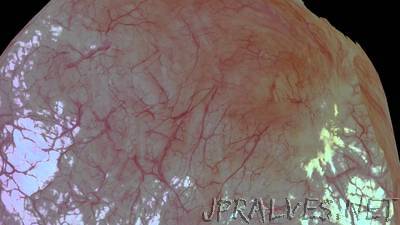
“The way doctors examine the bladder for tumors or stones is like exploring the contours of a cave with a flashlight. Using cameras attached to long, flexible instruments called endoscopes, they find that it’s sometimes difficult to orient the location of masses within the bladder’s blood vessel-lined walls. This could change with a new computer vision technique developed by Stanford researchers that creates three-dimensional bladder reconstructions out of the endoscope’s otherwise fleeting images. With this fusion of medicine and engineering, doctors could develop organ maps, better prepare for operations and detect early cancer recurrences.”
